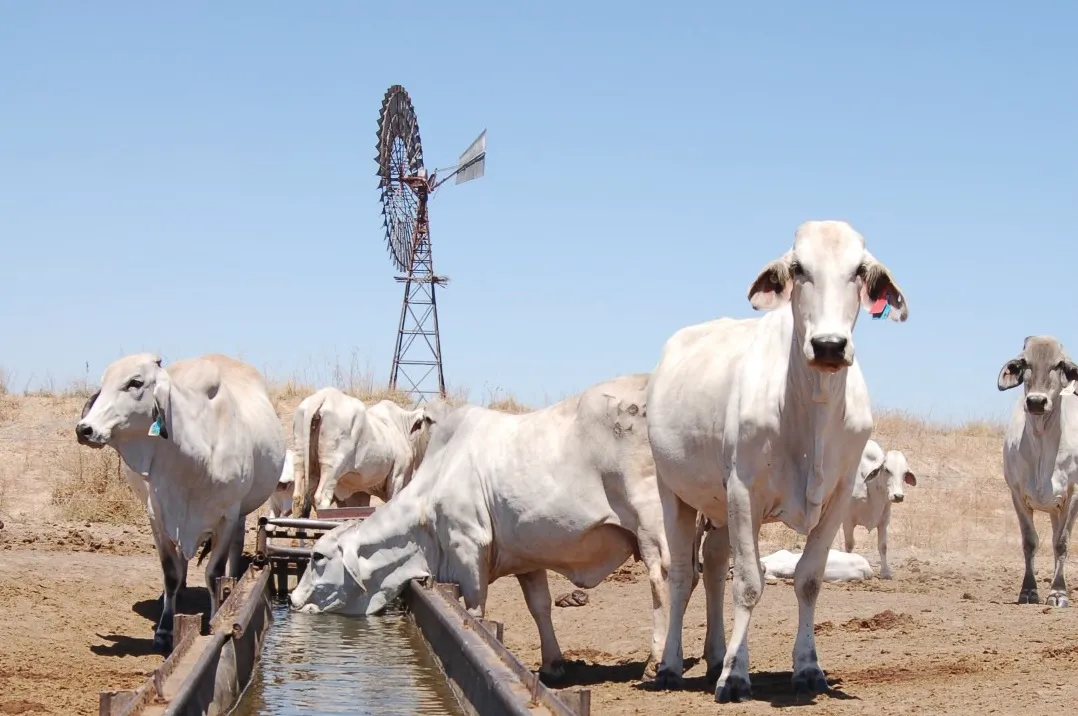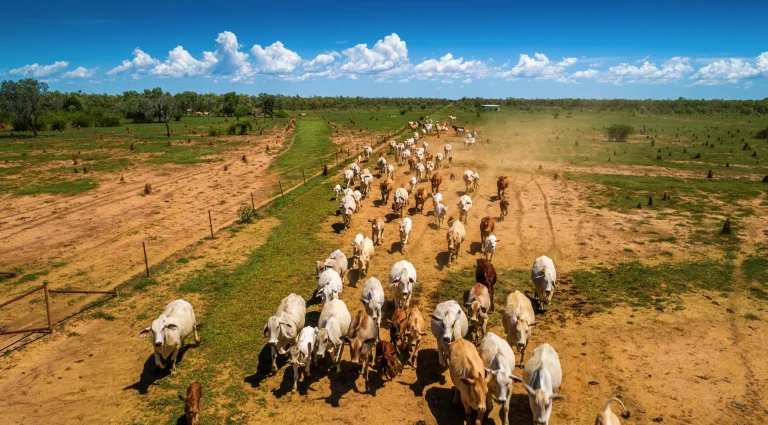Essential Insights Into Dynamics of the Agricultural Property Market
The agricultural property market represents one of the most complex and fascinating sectors within real estate, where traditional investment principles meet the unique challenges of food production, environmental stewardship, and rural economics. Understanding the insights into dynamics of the agricultural property market has become increasingly critical for investors, farmers, and industry professionals who seek to navigate this intricate landscape successfully. At Agribusiness Horizons, we recognize that these market dynamics extend far beyond simple supply and demand principles, encompassing everything from climate patterns and commodity prices to technological innovations and regulatory changes that shape the future of farming operations.
Our extensive experience in facilitating high-value farmland transactions has provided us with deep understanding of how various forces interact to create opportunities and challenges within this sector. Whether you’re considering acquiring productive agricultural land, divesting rural assets, or optimizing your existing farming operations, gaining comprehensive insights into dynamics of the agricultural property market will prove invaluable for making informed decisions. We encourage you to contact our team at Agribusiness Horizons for personalized guidance tailored to your specific agricultural property needs and investment objectives.
Historical Context and Market Evolution
The agricultural property market has undergone significant transformation over recent decades, evolving from primarily family-owned operations to include sophisticated institutional investors, corporate farming enterprises, and international capital. This evolution reflects broader changes in agricultural production methods, global food demand patterns, and investment strategies that recognize farmland as a valuable asset class.
Traditional farming communities once dominated rural property transactions through local networks and word-of-mouth arrangements. However, modern agricultural property markets now operate with greater transparency, professional intermediaries, and sophisticated valuation methodologies that account for productivity metrics, water rights, soil quality, and environmental factors. This professionalization has created opportunities for both buyers and sellers to achieve better outcomes through expert guidance and comprehensive market analysis.
The integration of technology into farming operations has also influenced property values and buyer preferences. Modern agricultural properties with advanced irrigation systems, precision farming capabilities, and sustainable production practices command premium prices compared to traditional operations. This technological evolution continues to reshape how investors evaluate agricultural assets and plan for future productivity improvements.
Understanding Agricultural Property Market Fundamentals
Agricultural property markets operate according to unique principles that distinguish them from residential or commercial real estate sectors. The insights into dynamics of the agricultural property market reveal that productivity potential, rather than location convenience, often drives value determination. Factors such as soil fertility, water availability, climate suitability, and proximity to processing facilities create complex valuation scenarios that require specialized expertise.
Seasonal patterns significantly influence agricultural property transactions, with many buyers and sellers timing their activities around harvest cycles, planting seasons, and commodity price fluctuations. Understanding these temporal dynamics helps market participants optimize their transaction timing and negotiate favorable terms. Weather patterns, rainfall distribution, and climate trends also play crucial roles in determining property values and investment attractiveness.
The relationship between commodity prices and agricultural property values creates another layer of complexity within these markets. Properties producing high-value crops or livestock often experience value fluctuations that correlate with commodity market performance. However, diversified farming operations and properties with multiple production capabilities tend to demonstrate greater value stability over time.
Water rights and irrigation infrastructure represent critical components of agricultural property valuation. Properties with secure water allocations, efficient irrigation systems, and drought-resistant capabilities typically command premium prices due to their operational reliability and climate resilience. These factors become increasingly important as water scarcity concerns grow and regulatory frameworks evolve.
Key Market Drivers and Influencing Factors
Several fundamental forces shape agricultural property market dynamics, creating opportunities and challenges for market participants. Population growth and changing dietary preferences drive demand for agricultural products, influencing the value of properties capable of producing high-demand crops or livestock. This demographic pressure creates long-term support for agricultural property values, particularly for efficiently managed operations.
Environmental regulations and sustainability requirements increasingly influence agricultural property transactions. Properties with strong environmental credentials, carbon sequestration potential, and sustainable farming practices attract premium valuations from environmentally conscious investors. These regulatory trends also create opportunities for properties to generate additional revenue through carbon credit programs and biodiversity conservation initiatives.
Technological advancement continues to reshape agricultural property markets by improving productivity potential and operational efficiency. Properties equipped with precision farming technology, automated systems, and data collection capabilities appeal to sophisticated buyers who understand the competitive advantages these innovations provide. Investment in agricultural technology often translates directly into enhanced property values and improved operational returns.
Infrastructure development, including transportation networks, processing facilities, and storage capacity, significantly impacts agricultural property values. Properties with convenient access to markets, efficient logistics networks, and value-added processing opportunities typically command higher prices than isolated operations. Government infrastructure investments can dramatically improve the attractiveness of previously undervalued agricultural regions.
Investment Trends and Capital Flow Patterns
The agricultural property market has experienced notable changes in investment patterns, with institutional investors, family offices, and international capital increasingly participating alongside traditional farming families. These sophisticated investors bring professional management approaches, advanced financial analysis, and long-term investment horizons that influence market dynamics and pricing structures.
Foreign investment in agricultural properties has become a significant factor in many markets, bringing international capital and expertise while also creating regulatory considerations and community concerns. Understanding these cross-border investment flows helps market participants anticipate demand patterns and identify emerging opportunities within specific agricultural sectors.
Diversification strategies among agricultural investors have led to increased interest in properties offering multiple revenue streams, including traditional farming, agritourism, renewable energy generation, and conservation programs. This diversification trend creates premium valuations for properties with development potential and multiple use capabilities.
The emergence of agricultural real estate investment trusts and other financial instruments has provided new avenues for capital deployment within the sector. These investment vehicles increase market liquidity and provide opportunities for smaller investors to participate in agricultural property markets previously accessible only to large-scale operators.
Regional Market Variations and Opportunities
Agricultural property markets exhibit significant regional variations based on climate conditions, soil quality, water availability, and proximity to population centers. Understanding these regional differences helps investors identify opportunities and avoid potential challenges associated with specific geographic areas.
High-rainfall regions typically support intensive agricultural operations, including dairy farming, horticulture, and specialty crop production. These areas often command premium prices due to their productivity potential and operational reliability. However, they may also face higher competition from buyers and more stringent environmental regulations.
Arid and semi-arid regions with irrigation infrastructure offer opportunities for efficient crop production and livestock operations. These properties often provide better value propositions for investors seeking large-scale operations with lower per-hectare costs. Water security becomes a critical consideration in these regions, making properties with secure water rights particularly valuable.
Proximity to major population centers influences agricultural property values through direct marketing opportunities, agritourism potential, and development pressure. Properties near urban areas may offer diversification opportunities but also face higher land costs and regulatory restrictions that affect farming operations.
Comparison of Agricultural Property Investment Approaches
| Investment Approach | Risk Level | Return Potential | Management Requirements | Capital Requirements |
|---|---|---|---|---|
| Direct Ownership | Moderate to High | High | Intensive | Substantial |
| Lease Arrangements | Low to Moderate | Moderate | Minimal | Lower |
| Partnership Structures | Moderate | Moderate to High | Shared | Variable |
| Syndicated Investments | Low to Moderate | Moderate | Professional | Moderate |
| REIT Participation | Low | Moderate | None | Flexible |
This comparison illustrates the various approaches available to agricultural property investors, each offering different risk-return profiles and management requirements. Understanding these options helps investors select strategies that align with their objectives, capabilities, and risk tolerance.
How Agribusiness Horizons Transforms Agricultural Property Transactions
At Agribusiness Horizons, we leverage our deep understanding of insights into dynamics of the agricultural property market to deliver exceptional outcomes for our clients. Our comprehensive approach combines sophisticated market analysis, extensive buyer networks, and specialized agricultural expertise to maximize value in every transaction we handle.
Our valuation methodology incorporates multiple factors that traditional real estate approaches often overlook, including soil quality assessments, water rights analysis, productivity modeling, and environmental asset valuation. This comprehensive approach ensures that our clients receive accurate property valuations that reflect true agricultural potential and market positioning.
We maintain extensive databases of qualified buyers, including institutional investors, family offices, corporate farming operations, and international capital sources. This network enables us to identify suitable purchasers for each property and create competitive bidding environments that maximize sale prices. Our marketing strategies highlight the unique features and potential of each agricultural property, attracting buyers who understand and value agricultural assets.
Our team’s expertise in water rights, natural capital advisory, and environmental stewardship helps clients optimize their properties for maximum value realization. We identify opportunities for carbon credit generation, biodiversity conservation programs, and sustainable farming practices that enhance both environmental outcomes and financial returns.
Risk management represents a crucial component of our service offering, with comprehensive due diligence processes that identify and address potential issues before they impact transactions. Our multi-dimensional risk assessment approach covers agronomic, legal, operational, environmental, and financial factors that could affect property values or transaction success.
Current Market Trends and Future Outlook
The agricultural property market continues to evolve in response to changing global conditions, technological innovations, and investor preferences. Several key trends are shaping the future direction of this sector and creating opportunities for informed market participants.
Sustainability and environmental stewardship have become increasingly important factors in agricultural property valuation and investment decisions. Properties with strong environmental credentials, carbon sequestration potential, and sustainable farming practices attract premium valuations from environmentally conscious investors. This trend is expected to strengthen as regulatory frameworks evolve and consumer preferences shift toward sustainably produced agricultural products.
Technology integration continues to accelerate within agricultural operations, with precision farming, automated systems, and data analytics becoming standard features on modern properties. Investment in agricultural technology often translates directly into enhanced property values and improved operational returns, making technology-enabled properties increasingly attractive to sophisticated buyers.
Climate adaptation and resilience planning have become critical considerations for agricultural property investors. Properties with drought-resistant capabilities, flood protection, and climate-appropriate crop selection demonstrate greater long-term value stability and operational reliability. This focus on climate resilience is expected to intensify as weather patterns become more variable and extreme events increase in frequency.
The emergence of alternative revenue streams, including agritourism, renewable energy generation, and conservation programs, creates new opportunities for agricultural property owners to diversify their income sources. Properties with development potential and multiple use capabilities command premium valuations and attract buyers seeking diversified investment opportunities.
Conclusion
Understanding the insights into dynamics of the agricultural property market requires appreciation for the complex interplay of factors that influence value, demand, and investment opportunities within this specialized sector. From commodity price fluctuations and climate patterns to technological innovations and regulatory changes, agricultural property markets respond to a unique combination of forces that distinguish them from other real estate sectors.
The evolution toward greater professionalization, institutional participation, and technological integration continues to reshape how agricultural properties are valued, marketed, and transacted. These changes create both opportunities and challenges for market participants, making expert guidance increasingly valuable for achieving optimal outcomes.
As you consider your agricultural property objectives, whether buying, selling, or optimizing existing operations, several thought-provoking questions deserve consideration: How will changing climate patterns affect the long-term productivity and value of agricultural properties in your target regions? What role will technological advancement play in determining which properties maintain competitive advantages in future markets? How can you position your agricultural investments to benefit from emerging trends in sustainability, carbon markets, and alternative revenue generation?
The agricultural property market offers compelling opportunities for informed investors who understand its unique dynamics and characteristics. At Agribusiness Horizons, we combine deep industry knowledge, sophisticated analytical capabilities, and extensive networks to help our clients navigate these complex markets successfully. Contact us today to discuss how our expertise in agricultural property transactions can help you achieve your investment objectives and capitalize on the opportunities within this dynamic sector.



